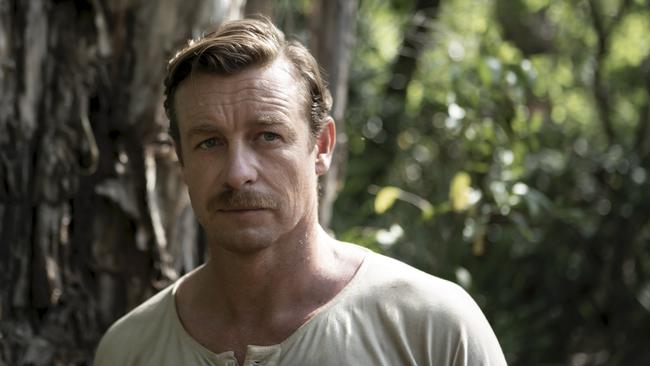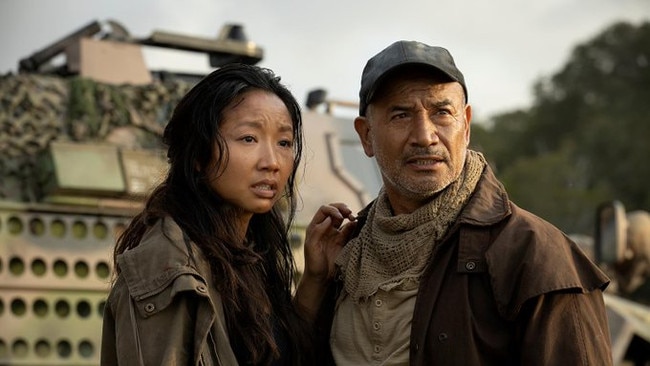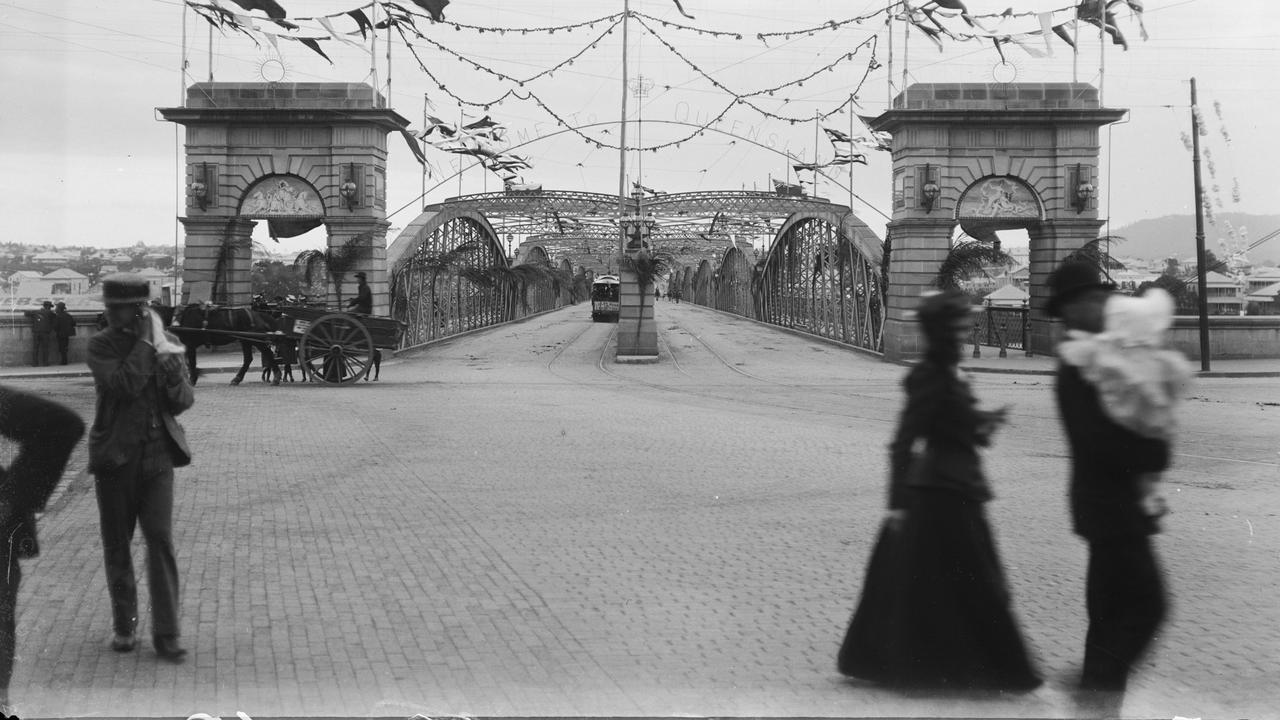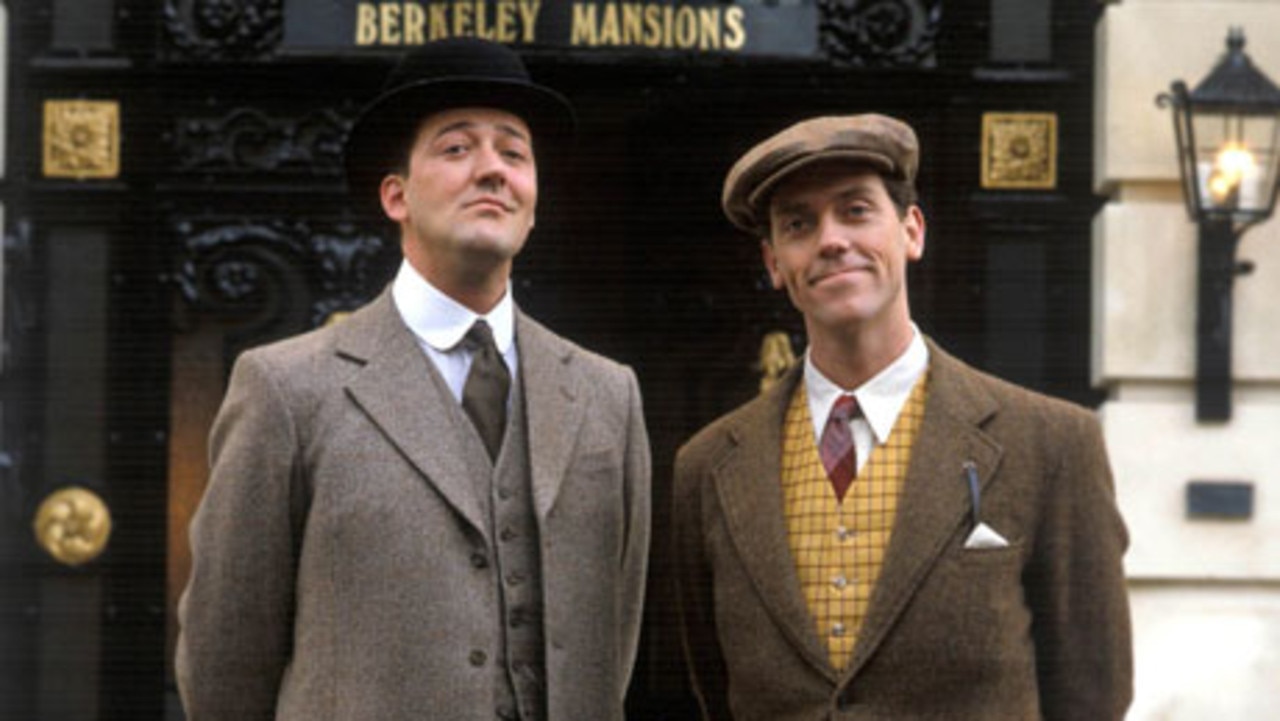Movie reviews: High Ground and Occupation: Rainfall
The wild and rugged landscapes of Kakadu and Arnhem Land are the backdrop for a powerful story of white privilege and Aboriginal dispossession.

High Ground (MA15+)
National release
★★★★
Perhaps under the influence of Warwick Thornton’s magnificent award-laden Sweet Country (2017), Australian filmmakers have started to re-examine the treatment of the Indigenous inhabitants of this country in the sometimes violent past.
The underrated The Flood was a recent example and now comes High Ground, the first film Stephen Maxwell Johnson has directed since the quietly impressive Yolngu Boy nearly 20 years ago.
Johnson returns to the spectacularly beautiful Northern Territory settings of his first film for this tragic story. The ravishing cinematography by Andrew Commis explores the wild and rugged landscapes of Kakadu and Arnhem Land against which a powerful story of white privilege and aboriginal dispossession unfolds.
The film begins with a prologue set in 1919. A small troop of police, led by Travis (Simon Baker), a veteran of the Great War and a skilled sniper, surrounds a waterhole that is home to an Aboriginal family. It’s supposed to be a peaceful mission but, thanks to the actions of the racist and trigger-happy Eddy (Callan Mulvey), a massacre takes place apparently leaving a small boy, Gutjuk (Guruwuk Mununggurr), the sole survivor. The boy is taken to the East Alligator River Mission to be cared for, and the killings at the waterhole are covered up, to the disgust of Travis who quits the force in protest.
Twelve years pass and Gutjuk, now named Tommy (Jacob Junior Nayinggul), is a young man, educated by Claire (Caren Pistorius), the sister of the missionary. Travis, now earning a living as a bounty hunter, is hired by Moran (Jack Thompson), the local police chief, to help track down Baywara (Sean Mununggurr) who had survived the earlier massacre and is now leading a mob (‘gang’ according to the police) who are attacking white settlers in the area. With Gutjuk serving as interpreter, Travis attempts to fulfil his mission peacefully but Eddy, whose philosophy is that “you can’t share a country”, is still a member of the force and is more bitter and violent than ever.
The film, written with spare precision by Chris Anastassiades, makes no bones about where it stands. The tribal Aborigines are the heroes of this story and the film was made with the full co-operation of the Indigenous owners of the land where it was filmed.
The weight of the powerful narrative, with its themes of loyalty, betrayal and oppression, is told mainly from their perspective. It’s their story more than it is the story of the white authorities, and a sad yet inspiring story it is. “In this country,” declares Moran, “we all abide by the same laws.” The film makes it clear that this bold and doubtless sincerely intended declaration by a white authority figure was a blatant lie.
The acting is magnificent: Nayinggul is a strong presence as the conflicted Gutjuk, while both Baker and Thompson are very fine, though Mulvey’s villain borders on caricature.
Interestingly, one of the Aborigines who refuses to accept the authority of the white police is a woman, a fierce, militant warrior seeking justice for her people in the face of a powerful enemy.
Meanwhile the other inhabitants of this amazing country — the birds, the animals, the insects — go about their business blithely unaware of the humans who seem set on a path of destruction.
-
Occupation: Rainfall (M)
National release
★★★½
Hard on the heels of Seth Larney’s 2067 comes another Australian sci-fi epic, Occupation: Rainfall, which is clearly a labour of love for Luke Sparke, who produced, edited, wrote and directed it for his company, Sparkefilms. Like many science fiction movies these days the film seems inspired partly by the Star Wars franchise and partly by video games. Whenever the story falters, as it frequently does, Sparke inserts another battle in which the good guys – with automatic weapons blazing and amid walls of explosions – put paid to another group of anonymous bad guys.

It’s yet another movie about an alien invasion of Earth. A mothership landed 834 days before the action of the film commences, and the creatures from space have pretty much taken over the planet. They aren’t particularly threatening to look at: they have grey, craggy flesh and huge bulbous eyes of varying colours and they speak English. The worst of them wear black shiny uniforms and flash ominous red lights. Some aliens have shifted their loyalties and befriended humans. As a reward they’ve been given names like Garry and Steve.
The best science fiction films (the original Star Wars, 2001 and many others) have a strong plot, an interesting narrative and characters with whom it’s easy to identify. You don’t need such things in a video game, and Sparke – whose early career was spent in the costume and wardrobe departments of television and film productions – pretty much dispenses with them. The film opens with an extended battle sequence, filmed in murky light, which is effective enough on its chosen level but doesn’t do much to establish any of the characters. At about the half-hour point we learn that Sydney has been destroyed.
The rest of the film involves a mission to Pine Gap, the former American secret facility in the Northern Territory. The mission is led by Matt Simmons (Dan Ewing, a charismatic young actor) and includes Garry (Lawrence Makoare), a “good” alien. When, after some difficulty, Matt and his team reach their destination they encounter some welcome comic relief in the form of Steve (Jason Isaacs), a blue-eye alien with a ridiculous moustache, wearing a Hawaiian shirt, and his sidekick Bud (Ken Jeong).
In the midst of all the action and chaos a few other characters emerge. Mark Coles Smith plays Wessex, who is reluctant to accept the proposition that there are “good” aliens; David Roberts is Abraham, a wise veteran who has the film’s best line (“We’ve survived the ice age, the plague and disco music”); Vince Colosimo crops up as the leader of an anti-alien lynch mob; and Temuera Morrison plays Peter, who teams up with the good guys.
For sci-fi geeks Occupation: Rainfall – which ends with the promise of a sequel – will probably be manna from heaven. On a purely technical level it delivers the goods pretty effectively; there are enough explosions and flying bodies to pass muster. Wade Muller’s cinematography is fine and Frederik Wiedmann’s music score is rousing. But narratively the film leaves a lot to be desired. Behind all this fire and brimstone it would have been a good idea to have a more substantial narrative. That’s something George Lucas certainly knows, and the clearly ambitious Sparke could take a leaf from his book.




To join the conversation, please log in. Don't have an account? Register
Join the conversation, you are commenting as Logout